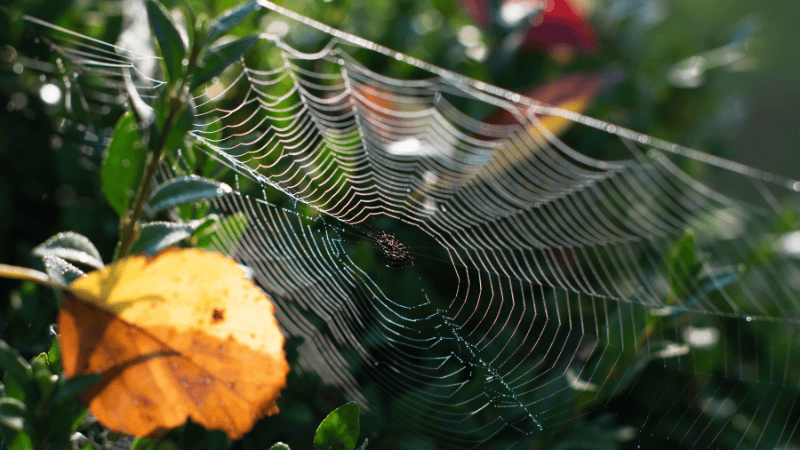The Dangers of Bald-Faced Hornets

Bees are truly miraculous creatures!
Without bees, our world would be a very different place. Bees, specifically honey bees, are incredible pollinators - without which we would not have fruits, veggies or the beauty of the world's flowers. An estimated 80 percent of food in grocery stores is available on the shelves, thanks to bee-pollinated crops. However, honey bees are a far cry from other stinging bees like the bald faced hornet. Identifying bald faced hornets is the first step to securing your property. If you do notice a next on your property, we provide you with the steps to take, and what to do. Read on to learn more about bald faced hornets in your region.

Identifying the Bald-Faced Hornet and the Nest
Bald faced hornets are closely related to yellow jackets, and look very similar. The hornet, measuring 3/4 of an inch long, gets its name from white facial markings also seen along its legs, thorax and abdomen.
Bald-Faced Hornets Found In The US
Found in most of the continental United States, the bald faced hornet builds its nests in trees, bushes and on buildings. Nests appear as any other hornet or bees nest. A bald faced hornet's nest is made from chewed wood fibers combined with saliva and dries into a gray papery shell shaped like a football with one hole in the bottom. To recognize and identify a bald-faced hornet, check out this insect identification guide.
Removing A Hornet Nest
If you notice a nest located close (within 10 feet) of an entrance to a building, under an eave that is close to the ground or in shrubbery next to a lawn that is mowed, contact Pest-End Exterminators to safety and quickly remove it. "Their gray, papery nest is often found hanging from a tree branch or under building overhangs (Mass Audubon)." Individuals with known sensitivities to wasp and bee stings should have any nests close to their homes removed as soon as possible.
Dangers of the Bald Faced Hornet
Bald-faced hornets are aggressive and will attack anyone or anything that invades their space. This is why it's especially important to steer clear of these hornets. It also makes bald-faced hornet removal somewhat difficult. As they're more commonly found towards the end of the summer in the New England region, you'll want to inspect your property before the fall season is in full swing.
Removing Hornets Nests With Professional Help
We advise not attempting to spray or remove without professional help. While their bites are no worse than those of any other wasp or hornet, they attack anyone who disturbs the nest or who comes within 3 feet of it. Before your hornets become a problem on your property, contact Pest End.



